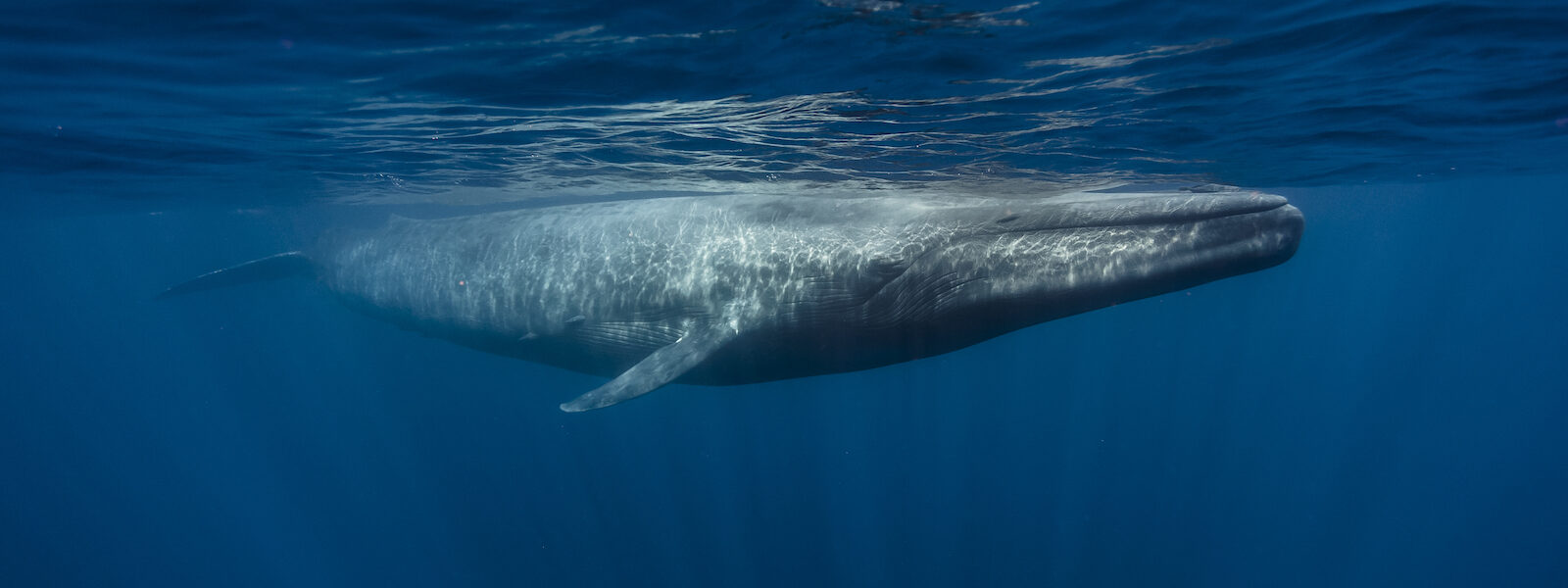
Return of the Whales
The end of wide-scale commercial whaling occurred during the 1970s and 80s. Countries including Russia, Australia, United Kingdom, and the United States shut down their commercial whaling operations in response to public pressure and the whaling moratorium (itself a result of public pressure) that the International Whaling Commission (IWC) passed during the 1985-86 whaling season in Antarctica.
Commercial whaling has been reduced considerably, even among the nations (Iceland, Norway, and Japan) that continue to pursue whales for commercial purposes. Last year, Japan left the IWC and began commercial whaling as part of their ongoing efforts to circumvent international law, but did not go whaling in the Antarctic Ocean. Iceland stopped whaling altogether, and it is unclear when or whether their industry will restart again. Norway’s whaling industry now kills the most whales, although the Norwegian whalers confine themselves to the North Atlantic not far from the shores of that country.
With the end of whaling, scientists have begun to see some species of whales recovering. Gray whales along the California coast, which were protected by the coastal nations of Mexico, US, and Canada after World War II, were the first to show signs of recovery, eventually supporting a large whale-watching industry along the Pacific coast during the annual migrations.
Humpback whales, too, have begun returning to areas where they had previously been very scarce, including both the Pacific and Atlantic coasts of the US. Some populations have recovered sufficiently to be removed from the US Endangered Species List. They are now one of the most popular species for whale watchers in the world.
We’ve seen other whale populations start to recover, including the bowhead whales of the Arctic, seriously depleted due to whaling in the 1900s, now increasing based on extensive scientific evidence, especially acoustic research. Inuit tribes along the Arctic coast still hunt bowhead whales for subsistence.
One disappointment has been the blue whale, which up until recently had shown no signs of recovery in the Antarctic Ocean. In the north Pacific, blue whales are frequently seen on whale watching trips, having started recovery in those waters, but blue whales in the Antarctic remained elusive, with some scientists wondering if there were enough left to reproduce.
Scientists estimate that there were originally about 239,000 blue whales in the southern ocean before commercial whaling began in earnest. Around the island of South Georgia, where whaling stations were set up to support the harpoon vessels out chasing down whales, at least 33,000 blue whales alone were killed between 1904 and 1925. Full protection from the IWC did not arrive until 1966, followed by the commercial moratorium.
Past surveys in Antarctic waters have found few blue whales in cruising the waters, looking for the telltale blow of the whales and more recently using underwater surveys for whale calls.
But recently, an expedition to South Georgia was able to find 55 blue whales during a 23-day survey.
"To think that in a period of 40 or 50 years,” Dr. Trevor Branch of the University of Washington, Seattle, told the BBC, “I only had records for two sightings of blue whales around South Georgia. Since 2007, there have been maybe a couple more isolated sightings. So to go from basically nothing to 55 in one year is astonishing."
"This is definitely a pattern," added Dr. Branch. "All of the Southern Hemisphere whale species - the populations for which we have data - are increasing. So, for right whales - several populations are going up very consistently every year. Humpback whales - several populations are going up consistently every year. And blue whales - we think they're going up.”
"The exception is Antarctic minke whales; we do think they've gone down quite a bit."
Japan industry’s main prey, since the moratorium, were minke whales in the Antarctic, although we know from past experience that whalers do violate IWC restrictions, including illegally killing protected species.
Whales and dolphins still face serious dangers in our oceans today. Pollution, including toxins and plastics; entanglement in fishing gear; loss of prey species such as declining salmon runs; and ocean noise continue to threaten whales and dolphins and their ocean habitats. River dolphins and other smaller cetacean species limited in range are particularly vulnerable. And marine biologists warn that global warming will have many adverse impacts on cetaceans.
The International Marine Mammal Project of Earth Island Institute is working to end the whaling of whales and the killing of dolphins, as well as pursuing ways to end net entanglement, plastic pollution, and other hazards in the ocean homes of these wonderful animals.
